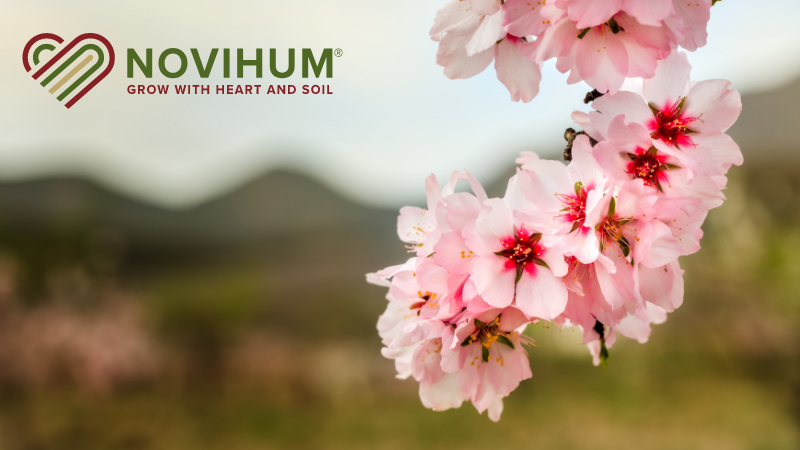Produce Consumer Trends Have Growers Talking
Florida growers have so much to contend with: rising input costs, labor supply issues, weather challenges, etc. On top of that, consumer preferences are constantly changing, which means producers and marketers must be nimble in their product offerings. I asked three Florida growers (all FFVA members) to talk about what they’re experiencing.
 Quentin Roe |
Quentin Roe is president of Wm. G. Roe & Sons in Winter Haven and an FFVA board member. Founded in 1927, the company grows citrus and blueberries. |
 Tony DiMare |
Former FFVA chairman Tony DiMare is vice president of DiMare Homestead and Ruskin, an 85-year-old operation producing tomatoes. |
 Michael Hill |
And Michael Hill manages Southern Hill Farms in Clermont, which was launched in 1999 and grows blueberries. Hill is a graduate of FFVA’s Emerging Leader Development Program. |
What trends are you seeing in terms of new products or packaging requested by your customers?
DiMare: We are receiving more requests and increased demand from each industry segment for new products (specialty, vintage, locally grown/regional, and organic). We also are being asked about new packaging ideas (more environmental friendly/sustainable) — packaging that is more appealing to consumers visually but that also adds value (targeted price point) from the retailer’s perspective. Growers can no longer just grow for the sake of growing. We have to grow to satisfy the consumer and retailer.
Hill: Consumers want fresh, local, and quality. I believe to remain successful and continue to increase demand, we have to remain cognizant of these items. We shouldn’t just focus on volume but on high-quality produce as well. I don’t think the consumer cares so much for what the packages look like as long as it’s fresh, local, and of high quality.
Roe: Labels need to be clean, meaning not cluttered. The message needs to be pure and simple. High graphics are in the past. Fancy pictures are blasé.
Technology plays a significant role in a producer’s ability to cut costs and operate sustainably. Can you elaborate on one way you’re using technology to increase efficiencies and cost savings in your operation?
DiMare: We continue to evaluate ways to reduce costs, improve efficiencies, and improve accuracy of documentation, traceability, and product integrity. We continue to invest in farm technology and growing techniques with more efficient equipment, from more fuel-efficient tractors that help reduce the carbon footprint, to enhanced irrigation and fertilization techniques, to new varieties. We’re looking at developing varieties that can be mechanically harvested to ultimately eliminate the need for harvesting labor. We have recently designed and built new facilities and remodeled others to improve flow patterns and efficiencies. We also have incorporated the latest technology in lighting (motion sensors) and refrigeration, reducing our energy costs. In addition, we are looking at solar as a way to further reduce our energy costs long-term.
Hill: During our blueberry harvest, we modified our system to pay pickers by the pound, which has increased efficiencies and our returns.
Roe: We are planting dwarfing rootstock citrus trees on very dense settings. This will result in significant reduction in harvesting costs because the pickers will not need ladders and can pick more fruit per hour.
More and more, consumers say they want to know about where their food comes from. Is it important for growers and their companies to be interacting directly with consumers? Is that something your company has embraced? If so, what are you doing and what kind of benefits does that effort bring?
DiMare: We embrace the consumer interaction, and it would be nice to have more interaction with consumers. But we as grower/shipper/distributors do not deliver direct to the end-user in most cases, and therefore we are unable to provide input or have control over this opportunity.
Hill: We are seeing this trend more and more in our marketplace. This year, we opened up our farm to a U-pick on the weekends during the second half of the season. Families can come see exactly where their food comes from, and it’s building our farm name at the same time. Social media also is an excellent way to connect with consumers and keep them informed about what’s going on at the farm.
Roe: Whether it’s a fad or an important reality, we aren’t sure social media is important for fresh produce communication with consumers. That said, however, we are embracing social media interaction with consumers on Facebook, blogging, and other platforms. We believe it is effective for a segment of the population, although the question is how big is that segment really?










